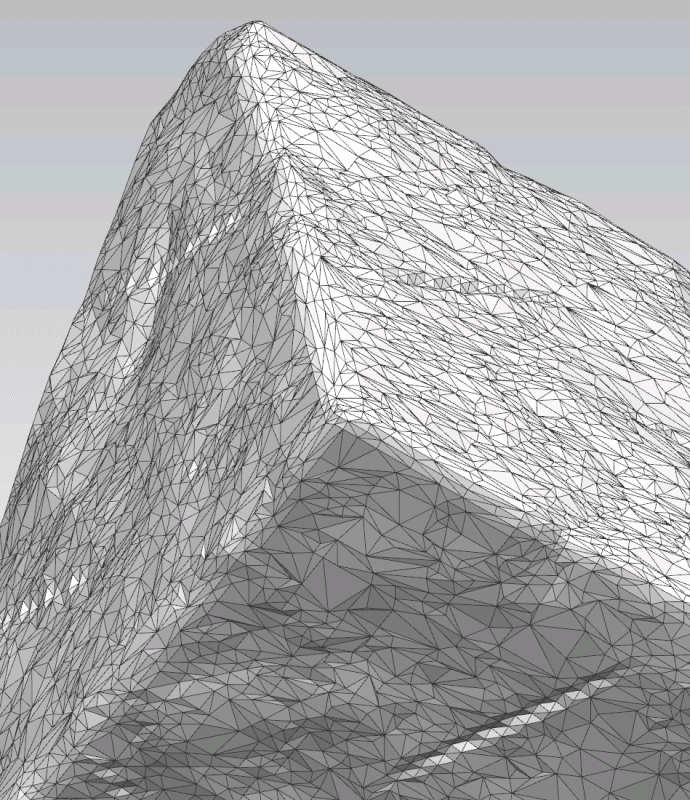NutAce
Mechanical
- Apr 22, 2010
- 1,192
Hi peeps,
I have a question about optimizing surfaces for manufacturing. Specially STL surfaces.
I remember from Loooooong ago, when I was still using the manufacturing application in NX (twas UG16 or NX1 if I remember correctly), that surfaces made out of a lot of small area's were an issue for manufacturing.
Is this still the case ? or are CAM packages able to deal with that in the mean time.
Anyhew.... When you look at the picture you see an STL surface, converted into sheet bodies, which I would like to optimize.
Looking for tips and tricks to , preferably, combine this into a smooth single area surface.
Sewing is working but then I still have that STL Mesh area's.

Ronald van den Broek
Senior Application Engineer
Winterthur Gas & Diesel Ltd
NX9 / TC10.1.2
Building new PLM environment from Scratch using NX12 / TC11
I have a question about optimizing surfaces for manufacturing. Specially STL surfaces.
I remember from Loooooong ago, when I was still using the manufacturing application in NX (twas UG16 or NX1 if I remember correctly), that surfaces made out of a lot of small area's were an issue for manufacturing.
Is this still the case ? or are CAM packages able to deal with that in the mean time.
Anyhew.... When you look at the picture you see an STL surface, converted into sheet bodies, which I would like to optimize.
Looking for tips and tricks to , preferably, combine this into a smooth single area surface.
Sewing is working but then I still have that STL Mesh area's.

Ronald van den Broek
Senior Application Engineer
Winterthur Gas & Diesel Ltd
NX9 / TC10.1.2
Building new PLM environment from Scratch using NX12 / TC11
